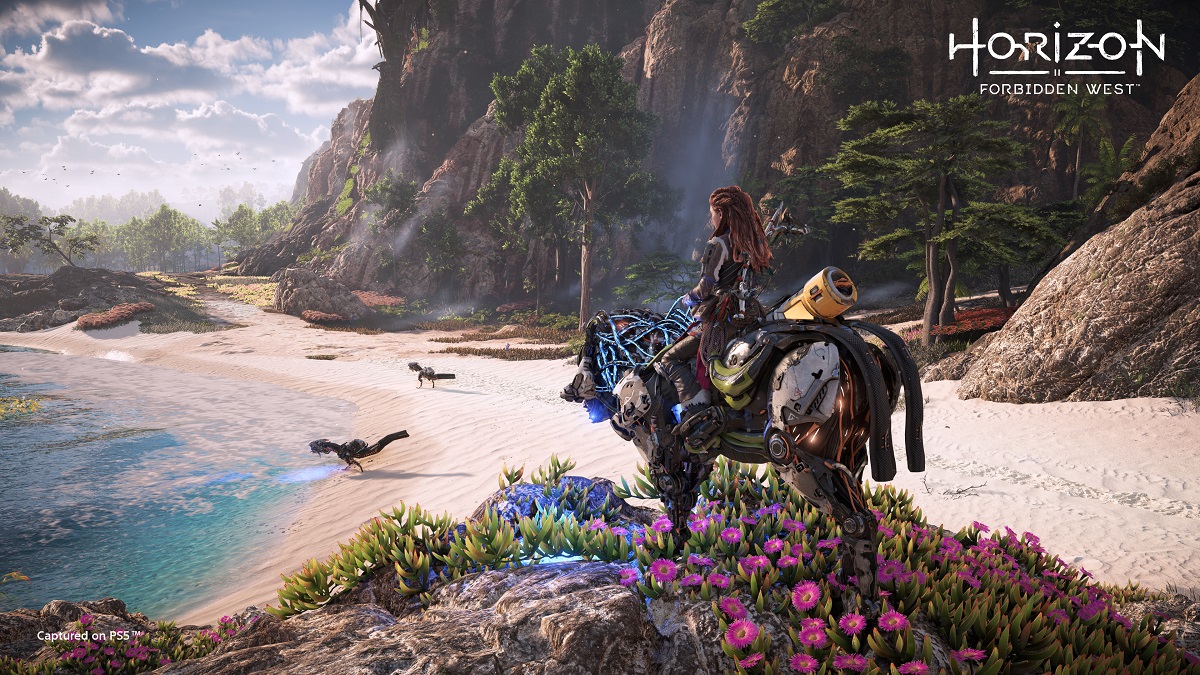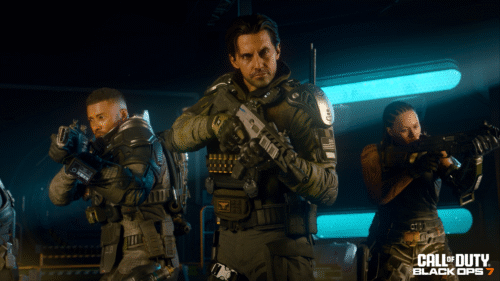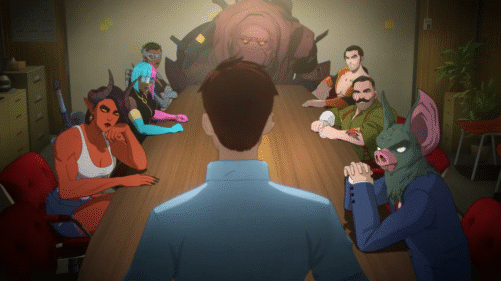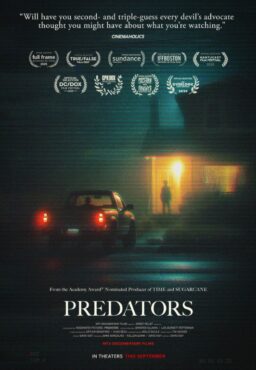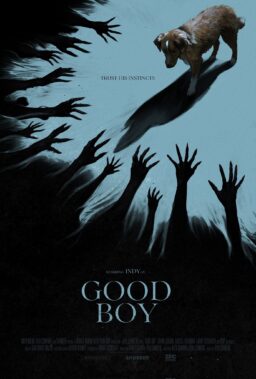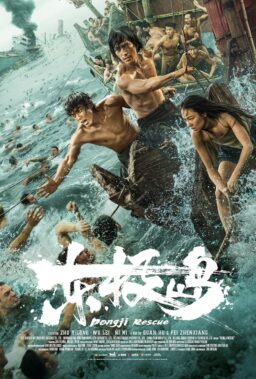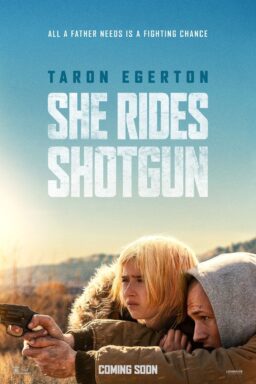2017’s “Horizon Zero Dawn” was a huge hit for Sony, one of the biggest new IPs in the gaming world of the 2010s, making a sequel inevitable. However, no one could have expected the sheer massiveness of what would come five years later in “Horizon Forbidden West,” a gigantic study in world-building and varied combat that lands in stores on February 18th. The creators of “Forbidden West” took everything that worked about the last game and turned it up to 11, setting it all in one of the most expansive and impressive gaming worlds that has ever been created. The tale of an outcast turned savior named Aloy has evolved into something that’s closer to epic storytelling like “The Lord of the Rings” and “Game of Thrones” than anything I’ve played in a long time. You don’t play this game, you get lost in it.
“Forbidden West” doesn’t just build missions or action scenes, it builds a world with warring factions, different climates, and dense storytelling. In fact, it can sometimes be overwhelming just trying to keep track of the varying plot threads, characters arcs, and narrative twists. I’ll admit, partially because I was playing so quickly to get this review up, to often getting lost in exactly what is happening in “Forbidden West.” It’s so dense with characters that you can spend an hour just talking to your allies and other NPCs. And the cut scenes can feel as long as an episode of television. This is gaming for people who want to disappear into a game, mastering its action and becoming invested in its storytelling.
It’s also a game for people who are ready for a serious commitment. My progression and game time meters have been running at about an hour for a percent. In other words, to do everything in this world, could easily take 100 hours. I’m dozens of hours in with a lot of story under my feet and zipping through some dialogue scenes as quickly as possible, and yet the world here still feels like there are massive corners left for me to explore and secrets left for me to find. It’s reminiscent of masterful examples of gaming world-building like “The Legend of Zelda: Breath of the Wild” and “The Witcher 3,” and fans of J.R.R. Tolkien are almost certain to find similarities to the rolling hills of their favorite fantasy universe.

The game opens directly after the events of “Zero Dawn,” as Aloy (beautifully voiced by Ashly Burch) follows Sylens (Lance Reddick) in search of a backup of GAIA, the A.I. that can bring world order back. The planet is still dying from something called the Blight, while increasingly massive creatures (the creature design in this game is amazing) dot the landscape that’s also torn apart by warring human factions. The journey to restore GAIA will lead Aloy into not only the history of the world but her own, and how they intersect.
It will also take her across one of the most impressively varied game landscapes ever. From snowy mountaintops to seaside villages to lush forests, “Forbidden West” is a visual marvel. The world creation here is stunning. In one of my favorite chapters, Aloy arrives at a snow-covered village in the mountains, and I was struck, as I often was, by the sense of life existing outside of my character’s POV. This is rare, even in modern games, as most stories center the protagonist’s journey in a manner that makes the rest of the world feel like afterthoughts. In this snowy village, people are going about their lives. Aloy is just passing through. And the game is filled with that sense of dimensionality, giving Aloy’s story a backdrop that feels dense and weighty in ways that games rarely do.
Of course, “Forbidden West” is an action game too, and the combat can feel almost overwhelming at first. Like a lot of role-playing games, customization is deeply ingrained into the game style, from the weapons you choose to take into combat to the skills you upgrade via a massive, six-part skill tree. Every one of these choices changes encounters with the enemies of this world, but most of them will require mastery of a bow. Archery is still the major focus of combat in this game, whether it’s an ordinary arrow or one that includes an elemental aspect like acid or fire. However, you’ll find other weapons like spikes that explode on contact—I’m a big fan of the spikes—and a dozen or so traps or tripwires that can be placed around a battlefield before initiating combat. Everyone will play out encounters differently, adding to the sense of the game’s authorship, but some of the big battles require a bit of everything. You’ll be placing traps, firing tripwires, throwing spikes, running, dodging, etc. It can get a little intense in the early chapters as the game throws all of these combat variables at you quickly, but don’t panic. It becomes surprisingly organic and easy to use, especially as you pick your favorites to upgrade. There’s also deep customization with armor/outfits and even face paint. Everything in this game is designed to make you the author of the experience.

Well, almost everything. The crafting aspect of “Forbidden West” can be a bit much. You basically have to make everything in this game, which means you’ll be picking branches along every hour of your journey to make your arrows, and constantly pinging something called your Focus to try and find medicinal plants to keep you alive. It’s a never-ending cycle of hunting for supplies and using those supplies that can feel almost distracting from what this game does so well. It’s a minor complaint but it’s hard to appreciate the big picture when you’re constantly looking for a plant to heal.
In terms of next-gen tech, the way Forbidden West interacts with the new PS5 controller is remarkable. The adaptive triggers are responsive, and the internal speaker conveys clever sound effects like the spring of a bow or the rattle of a grappling hook. Of course, there’s also the sheer visual power of the PS5, arguably never employed more impressively, and the most insanely short load times I’ve ever seen. Fast Travel takes seconds, which is even more amazing when one considers the gigantic scope of this universe.
When it comes to influence from pop culture or the world of cinema, one can see DNA of other post-apocalyptic experiences all over “Forbidden West,” which has echoes of everything from “Mad Max: Fury Road” to “The Hobbit.” There’s also a Western aesthetic in the story arc of a person who heads into unknown territory like a settler told to go West.

There’s been an interesting conversation lately around if a game can be too much. Reports that one could spend 500 hours in “Dying Light 2” led to rolling eyes at the bloat of the modern open-world game. “Horizon Forbidden West” flirts with this in that there’s a lot of repetition outside of the main and side missions in things like Hunting Ground trials and Cauldrons, which both return from the last game. When you look at a map in this game, you see dozens of tasks to be done, and God bless anyone who tries to do it all. It is clearly a game that could take weeks, especially if every dialogue tree is explored with the people you meet in this world.
However, with the exception of having to grind a few things to upgrade materials, no one is forcing gamers to get 100%. It’s a game that gives whatever you bring to it. If you’re story-driven, you can stick to the main paths of the missions. If you want to explore, the developers have so much for you to find. Authorship has been the key development of the modern era of gaming—the idea that you are controlling the narrative in a way that differs from your friend or neighbor—and that’s a major part of the “Forbidden West” experience, a game that uses the artistry of its talented creators to give you the tools to carve your own path through the story. It’s your Aloy. Now where are you going to take her?
A review copy of this game was sent by Sony. It has been played for around 30 hours.

